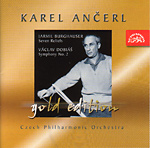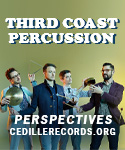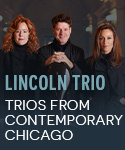Jarmil Burghauser’s gripping Seven Reliefs for Large Orchestra (1962) packs quite a punch in its nearly 17 minutes. The composer’s modernist language and cinematic style calls for considerable sonic power combined with orchestral virtuosity. In some ways the piece resembles Copland’s flirtations with modernism–listeners familiar with his Connotations for Orchestra will have some idea of what to expect from Burghauser. Karel Ancerl leads the Czech Philharmonic in a bracing, high-impact performance.
Vaclav Dobias’ 1957 Symphony No. 2 utilizes a more tonal-friendly language of the type employed by Bartók and Prokofiev (in his earlier, more angular style). An intensely dramatic work, the symphony sets up episodes of harmonic and timbral confrontation–such as the swirling multilayered counterpoint in the first movement, or the clashing brass and wind chords in the Presto. But it’s not just sound effects, as Dobias’ melodic acuity keeps the ear engaged throughout the tumult. The Adagio is a peaceful oasis, save for the heart-rending middle section that climaxes in a manner reminiscent of Prokofiev’s Fifth. The Czech Philharmonic makes a meal out of Dobias’ vivid orchestration, while Ancerl’s vital conducting presses the symphony’s case–it really should be played by today’s orchestras (the Adagio especially would prove a hit with audiences). Supraphon’s early-1960s recordings offer sound of surprising depth, presence, and dynamic range, with only occasional brittleness at the massive tutti passages betraying their age.
































